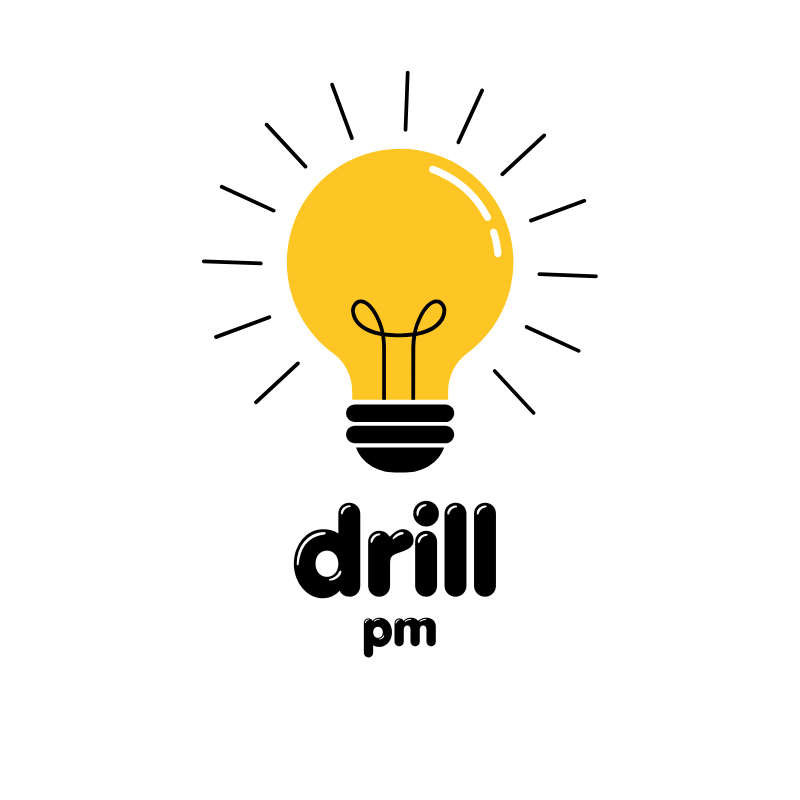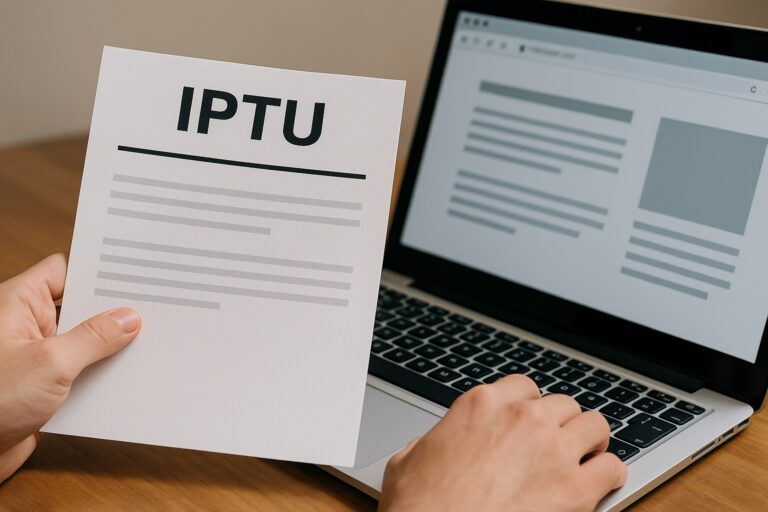Anúncios
When you’re just starting your financial journey, the idea of investing can feel both exciting and overwhelming. Maybe you’ve just landed your first job, or you’re trying to make sense of where your paycheck should go beyond rent, bills, and the occasional coffee splurge. Either way, the good news is: you’re asking the right questions early — and that’s a powerful first step.
Investing wisely from the beginning doesn’t require a finance degree or thousands of dollars. In fact, many safe and simple options are specifically designed for beginners who want to see their money grow without taking on huge risks. By learning the basics now, you’re setting yourself up for long-term financial health and freedom.
Whether you’re saving for your first car, your dream apartment, or just want to stop living paycheck to paycheck, there’s a secure path forward. Let’s explore how you can invest with confidence, one smart decision at a time. Stay with us — the future you will thank you.
Why investing early matters
One of the most powerful reasons to start investing early is the magic of compound interest. This is when the money you earn on your investments starts earning money itself. It’s like planting a tree: the sooner you plant it, the more it grows — and the more shade it gives you later.
When you begin in your twenties, you have something that even the best investors can’t buy: time. Time allows your money to grow slowly and steadily, with much less stress. Even small, consistent investments — say, $25 or $50 a month — can add up to thousands over the years, especially when invested wisely.
Don’t underestimate the impact of starting now. You’re not just saving money — you’re giving it a job to do. And over time, that job can turn into real financial independence.
Understanding your risk profile
Before diving into any investment, you need to understand how much risk you’re comfortable taking. This is called your risk tolerance, and it varies from person to person. If the idea of losing even a small amount of money makes you uneasy, you’re probably more risk-averse and should focus on safer options.
There are free tools online that help you assess your profile by asking questions about your goals, timeline, and comfort with market ups and downs. You might hear terms like conservative, moderate, or aggressive — each reflecting a different investment style.
Knowing your risk tolerance helps you avoid panic decisions. It also guides you toward the right types of investments for your mindset, so you can grow your money while still sleeping at night.
Building your financial safety net first
Investing is important, but it’s not the first thing you should do with your money. Before you think about stocks or funds, you need a solid emergency fund. This is a separate stash of cash (typically 3 to 6 months’ worth of expenses) that protects you when life happens — job loss, medical bills, unexpected repairs.
Why is this crucial? Because if you invest before building your safety net and an emergency strikes, you may be forced to sell investments at a bad time — potentially losing money.
A high-yield savings account is the perfect place for your emergency fund. It earns some interest and stays easily accessible, but isn’t so tempting that you dip into it for pizza or new shoes.
High-yield savings accounts
These are savings accounts that pay better interest than the traditional ones at big banks. While they won’t make you rich, they do offer a risk-free way to earn a bit more while keeping your money liquid.
Look for online banks or credit unions with good reputations and no monthly fees. You can often earn 3% or more per year, which is significantly better than the 0.01% many brick-and-mortar banks offer.
This is a great place to store both your emergency fund and short-term savings goals — like a vacation or a laptop upgrade — while still letting your money grow.
Certificates of Deposit (CDs)
A Certificate of Deposit (CD) is a low-risk way to invest money that you don’t need to access immediately. When you buy a CD, you agree to leave your money with the bank for a specific period — anywhere from a few months to several years — in exchange for a fixed interest rate.
CDs are FDIC-insured, meaning your money is safe up to $250,000. The tradeoff? You can’t touch it without penalty until the term is up. That makes CDs best for funds you’re sure you won’t need in the short term.
They’re a simple, no-drama option for conservative investors who value security over high returns.
U.S. Treasury securities
If you want something ultra-safe, look at Treasury securities issued by the U.S. government. Two great beginner options are Series I Savings Bonds and Treasury Bills (T-Bills).
Series I Bonds adjust for inflation, which means they help protect your money’s value over time. They’re especially useful when inflation is high. T-Bills, on the other hand, are short-term (a few weeks to a year) and can be purchased through TreasuryDirect.gov.
These options are backed by the U.S. government, making them among the safest investments available. They’re not flashy, but they’re solid.
Investing through employer-sponsored retirement plans
If your job offers a 401(k) or Roth 401(k), jump on it — especially if they offer matching contributions. That’s essentially free money your employer gives you when you contribute.
A traditional 401(k) lets you invest pre-tax dollars, lowering your taxable income today. A Roth 401(k), on the other hand, uses after-tax dollars — but your withdrawals in retirement are tax-free.
Either way, it’s a smart, hands-off way to start investing. Choose simple options like target-date funds, which automatically adjust your investments over time.
Starting with low-cost index funds or ETFs
If you’re ready to invest in the market but want to keep things safe and affordable, index funds and ETFs (Exchange-Traded Funds) are ideal.
They spread your investment across hundreds of companies, reducing your risk compared to buying individual stocks. Plus, they usually have very low fees, meaning more of your money stays invested.
Look for options like the S&P 500 index fund, which tracks the performance of large U.S. companies. It’s a tried-and-true favorite for beginners and experts alike.
Using micro-investing apps
Apps like Acorns, Stash, or Robinhood let you start investing with just a few dollars. They round up your purchases and invest the spare change, or let you buy fractional shares of stocks and ETFs.
These platforms are user-friendly and designed for first-timers. However, watch out for fees — some apps charge a monthly fee even if you have just a few dollars invested.
Used wisely, these apps can help you build good investing habits early, without needing a lot of cash upfront.
Common beginner mistakes to avoid
Everyone makes mistakes, but knowing what to watch for can save you money and stress. Here are a few traps to avoid:
- Investing without a goal: Know what you’re investing for — whether it’s a house, retirement, or just growing wealth.
- Putting all your money in one place: Diversify to reduce risk.
- Chasing trends or hype: Meme stocks and crypto might be exciting, but they’re risky for beginners.
- Ignoring fees: High fees eat into your returns.
- Letting fear or greed guide decisions: Stay calm and stick to your plan.
Learning to invest is like learning to drive. Mistakes can happen, but with a seatbelt (safety net) and a map (plan), you’ll be fine.
How to create your first investment plan
Ready to get started? Here’s a simple structure for your first plan:
- Set clear goals – short, medium, and long-term.
- Build an emergency fund – at least three months of expenses.
- Choose safe investment options – start with high-yield savings, CDs, or Treasury bonds.
- Explore retirement accounts – 401(k), Roth IRA, etc.
- Try low-cost ETFs or index funds – long-term wealth builders.
- Automate contributions – consistency is key.
- Review quarterly – adjust as needed, but don’t overreact.
Keep it simple and realistic. You don’t have to be perfect — just consistent.
Conclusion
Starting your investment journey in your 20s is one of the smartest financial moves you can make. By focusing on safety, diversification, and consistent contributions, you’re setting yourself up for a more secure and independent future.
You don’t need to know everything, and you don’t need a lot of money to begin. What matters most is building good habits now — and sticking to them.
You’ve got this. And now, you’ve got the tools to get started.
Frequently Asked Questions (FAQs)
1. How much money do I need to start investing?
You can start with as little as $5 using micro-investing apps or fractional shares. What’s important is starting consistently, not starting big.
2. Is investing safe for beginners?
Yes — especially if you focus on low-risk options like high-yield savings accounts, CDs, or U.S. Treasury securities while building knowledge.
3. What’s the difference between a Roth IRA and a 401(k)?
A 401(k) is often employer-sponsored and uses pre-tax dollars. A Roth IRA is individual, uses after-tax money, and offers tax-free withdrawals in retirement.
4. Can I lose money with ETFs or index funds?
Yes, in the short term, they can fluctuate. But over the long term, they tend to grow steadily and are much less risky than individual stocks.
5. Should I pay off debt before investing?
Generally, yes — especially if you have high-interest debt like credit cards. But you can still contribute small amounts to a retirement plan if your employer matches.



